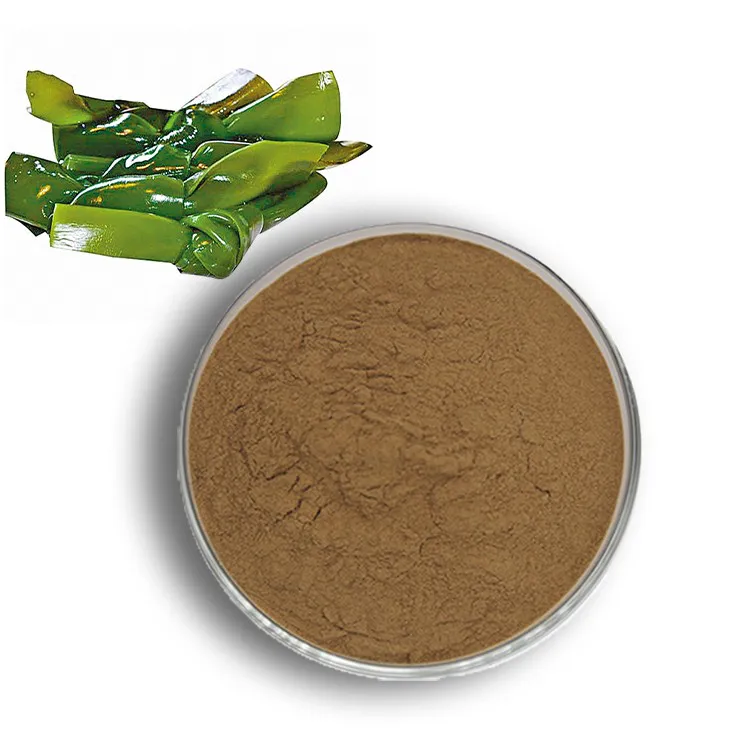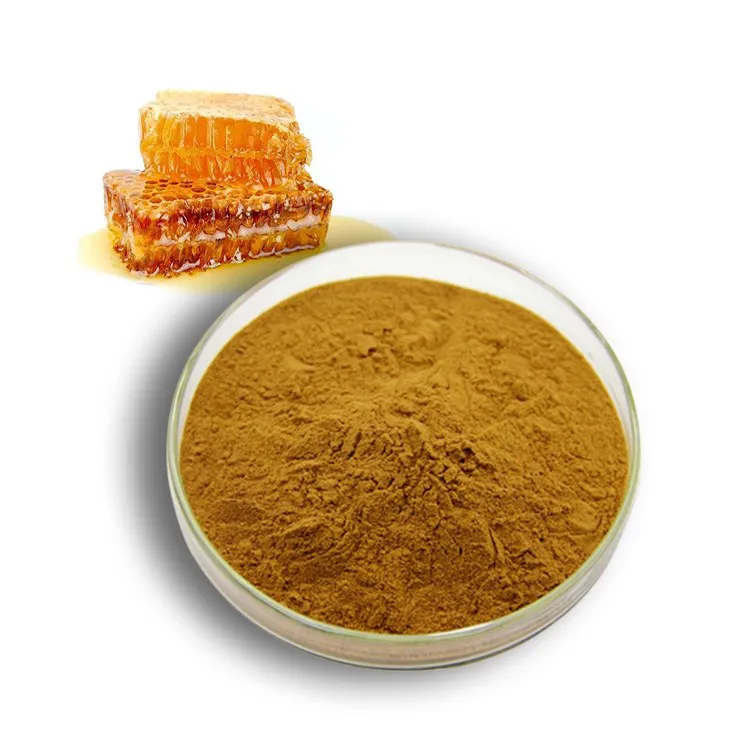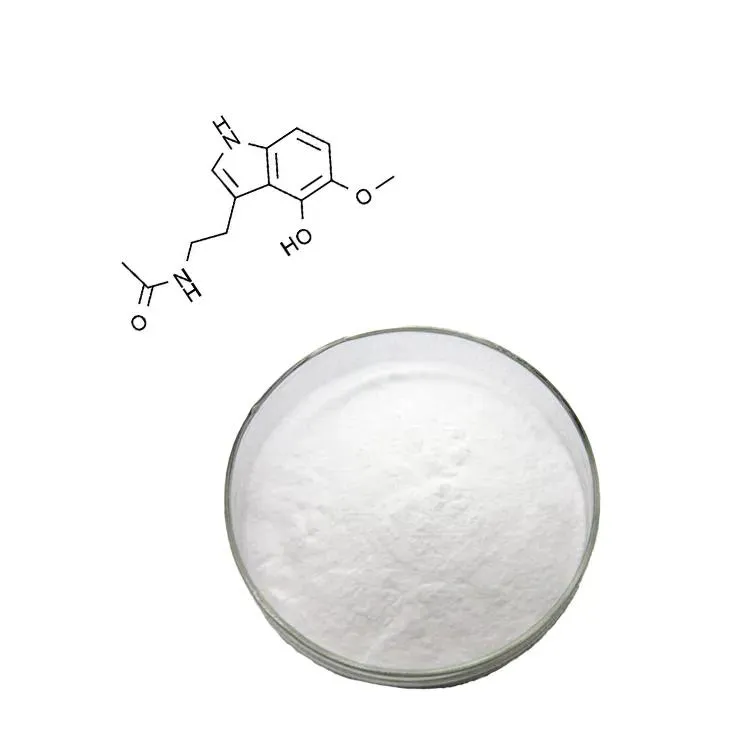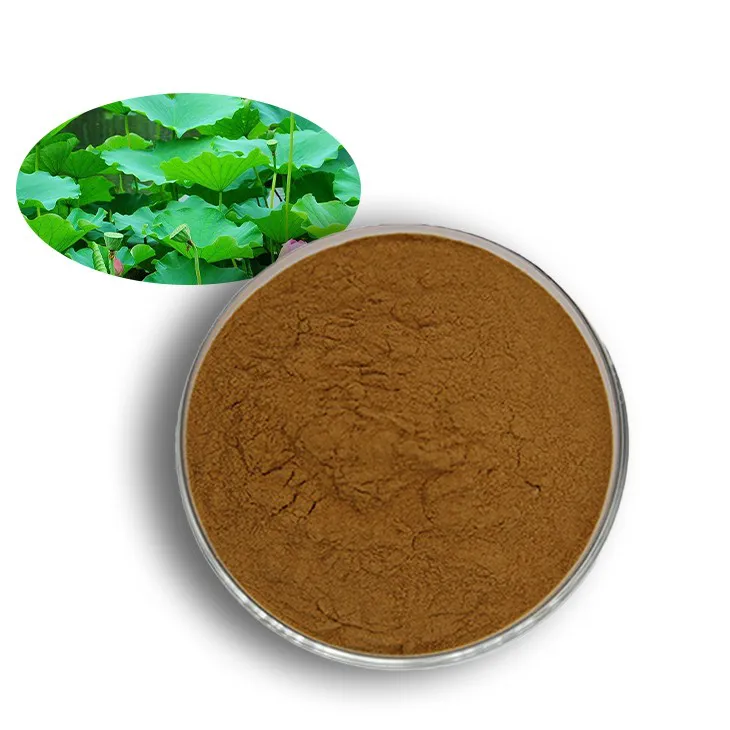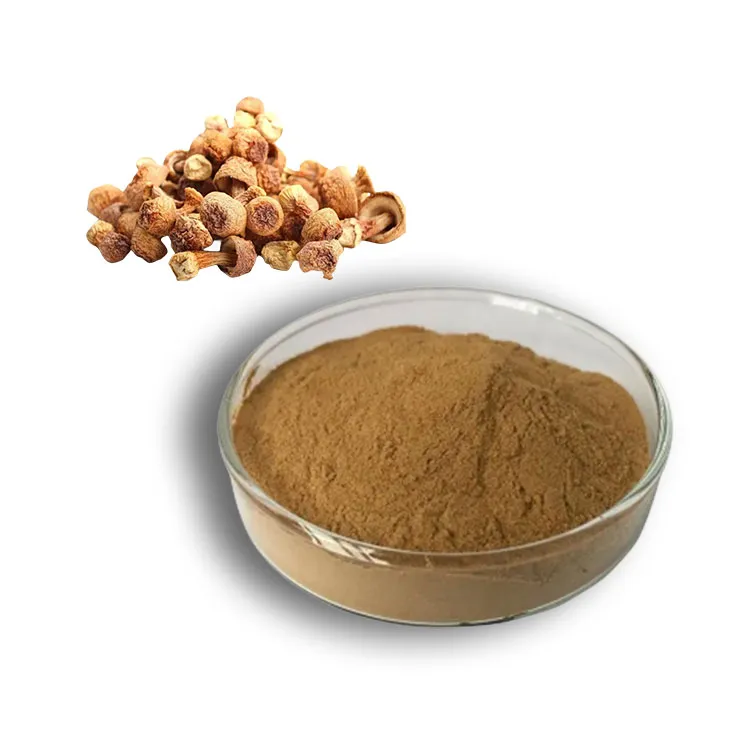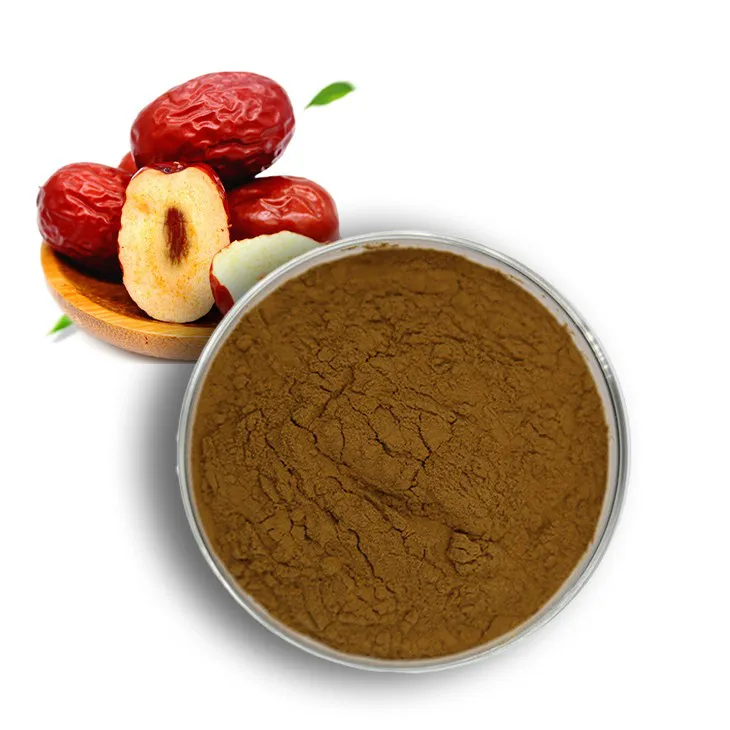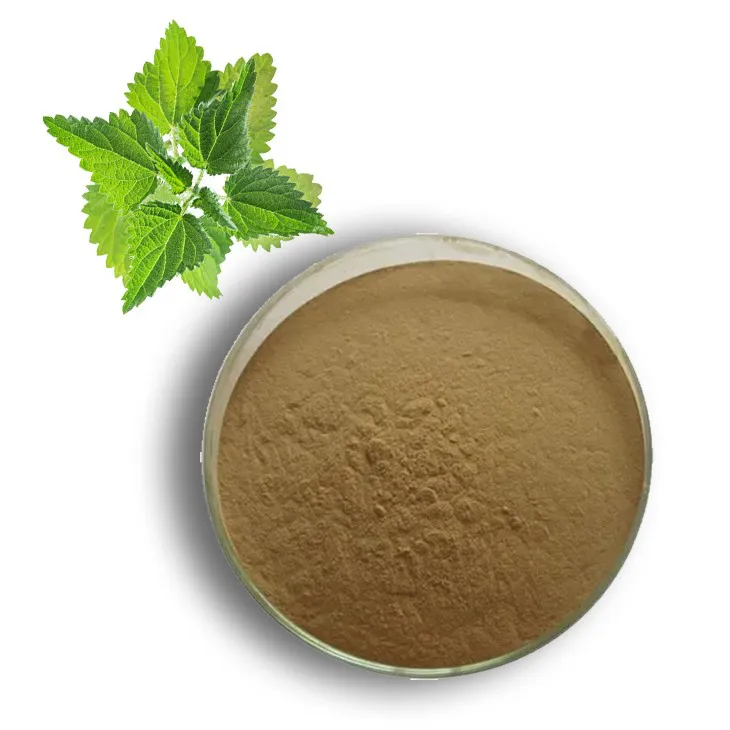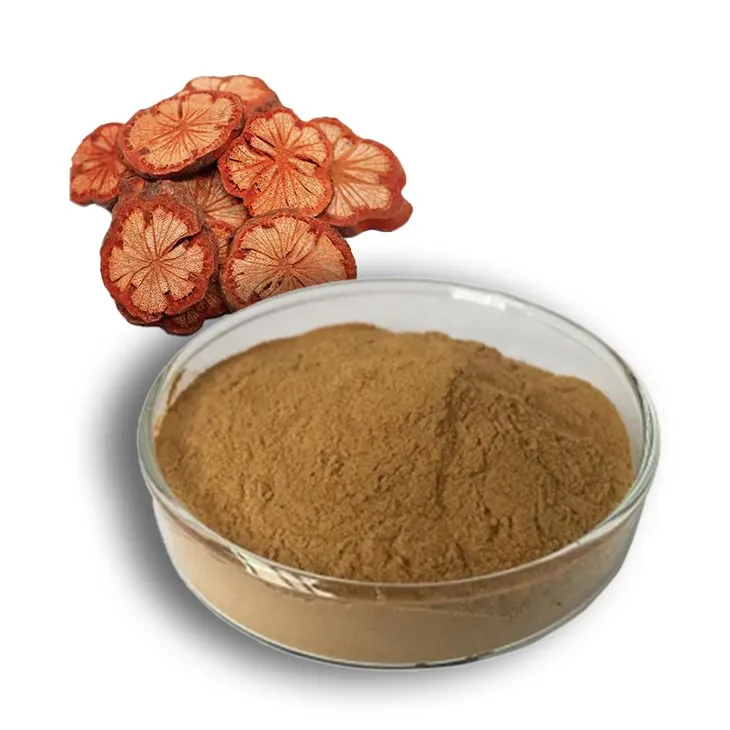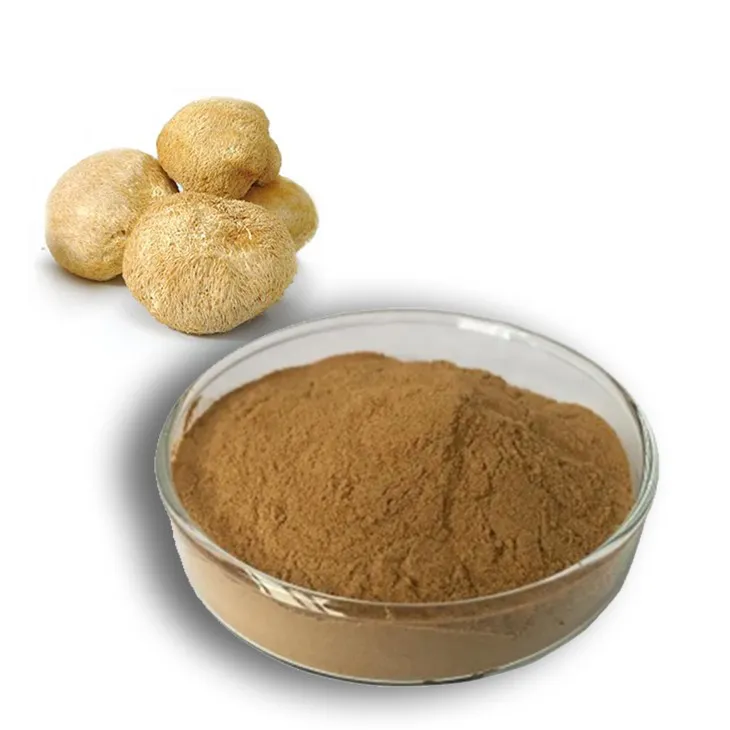- 0086-571-85302990
- sales@greenskybio.com
lutein and lycopene
2023-09-27
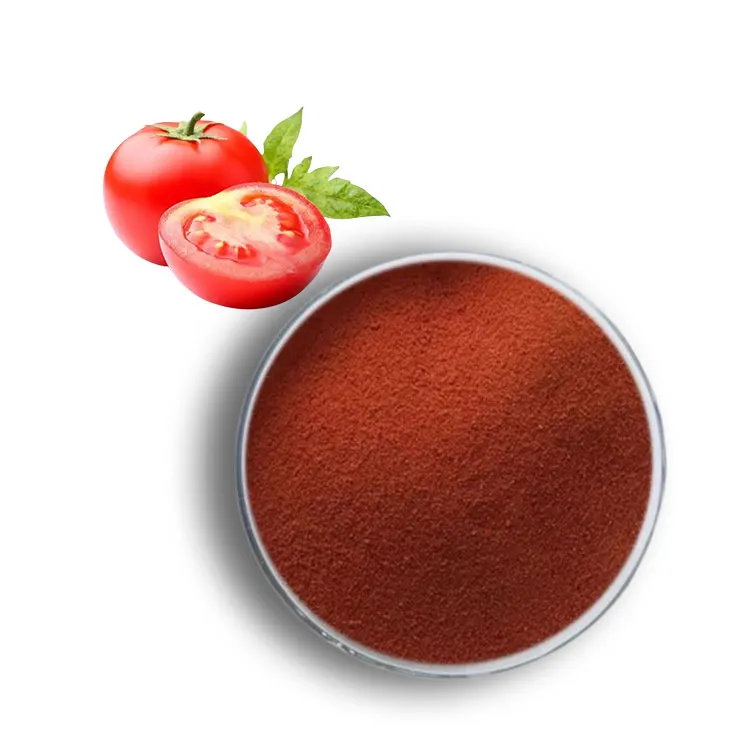
1. Chemical Properties and Structure
1. Chemical Properties and Structure
Lutein and Lycopene are both carotenoids, which are a class of organic compounds that are responsible for the red, orange, and yellow colors in many fruits and vegetables. They are lipophilic, meaning they dissolve in fats and oils, and are essential for human health due to their antioxidant and anti-inflammatory properties.
Lutein
Lutein is a xanthophyll, a subgroup of carotenoids, and has a molecular formula of C40H56O2. Structurally, lutein is characterized by its conjugated double bonds and the presence of hydroxyl groups at the 3 and 3' positions of the molecule. This structure gives lutein its yellow color and contributes to its antioxidant properties. Lutein is typically found in the all-trans configuration, which is the most stable form.
Lycopene
Lycopene, on the other hand, is an acyclic carotenoid with a molecular formula of C40H56. It is composed of 11 conjugated double bonds and 2 six-membered carbon rings at the ends of the molecule, which gives it a red color. Lycopene is the most potent naturally occurring antioxidant among carotenoids due to its extensive conjugated double bond system. It is also found in the all-trans configuration, but can exist in various cis-isomers depending on the conditions.
Both lutein and lycopene are synthesized by plants and certain microorganisms, but humans cannot synthesize them and must obtain them through the diet. Their chemical structures not only contribute to their color but also play a crucial role in their biological activities and health benefits.
2. Sources of Lutein and Lycopene in Diet
2. Sources of Lutein and Lycopene in Diet
Lutein and lycopene are two carotenoids that play a crucial role in human health due to their antioxidant properties and other beneficial effects. These natural pigments are not synthesized by the human body and must be obtained through dietary sources. Here, we explore the primary sources of lutein and lycopene, which can be incorporated into a balanced diet to ensure adequate intake of these essential nutrients.
Lutein Sources:
1. Leafy Green Vegetables: Spinach, kale, and collard greens are among the richest dietary sources of lutein. These vegetables are not only high in lutein but also in other essential nutrients, making them a healthful addition to any diet.
2. Broccoli: This cruciferous vegetable is a good source of lutein and offers additional health benefits due to its high content of fiber, vitamins, and minerals.
3. Zucchini: Yellow and green varieties of zucchini are rich in lutein, providing a versatile option for incorporating this carotenoid into various dishes.
4. Egg Yolks: The yolk of an egg contains a significant amount of lutein, making eggs a convenient source of this nutrient, especially for those who follow a non-vegetarian diet.
5. Oranges and Orange Peels: The peels of oranges are particularly high in lutein, and even the fruit itself contains a moderate amount of this carotenoid.
6. Corn: While not as high in lutein as leafy greens, corn is still a notable source, especially when consumed in large quantities.
7. Avocado: Avocados are not only a good source of healthy fats but also contain lutein, making them a nutritious choice for heart and eye health.
Lycopene Sources:
1. Tomatoes and Tomato Products: Lycopene is most abundant in tomatoes, especially when they are cooked or processed into products like tomato sauce, paste, or ketchup, which enhances the bioavailability of this carotenoid.
2. Watermelon: This refreshing fruit contains a significant amount of lycopene, particularly in its pink flesh.
3. Grapes and Grape Products: Red grapes, as well as products made from them like grape juice and wine, are sources of lycopene.
4. Papaya: This tropical fruit is rich in lycopene, offering a sweet and healthy way to increase intake of this nutrient.
5. Guerita: Also known as roselle or hibiscus, this plant's calyces are high in lycopene and are used in various culinary dishes.
6. Pink Guava: Similar to watermelon, the flesh of pink guava is a good source of lycopene.
7. Apricots: Dried apricots, in particular, can be a concentrated source of lycopene.
Incorporating these foods into your diet can help ensure that you receive the health benefits associated with lutein and lycopene. It is important to note that cooking methods and the presence of dietary fats can influence the bioavailability of these carotenoids, making it beneficial to consume them with healthy fats for optimal absorption.
3. Health Benefits of Lutein
3. Health Benefits of Lutein
Lutein is a naturally occurring carotenoid that has been extensively studied for its potential health benefits. This section will delve into the various ways in which lutein contributes to human health and well-being.
3.1 Eye Health
One of the most well-known benefits of lutein is its role in maintaining eye health. Lutein is a major component of the macular pigment in the retina, which is crucial for protecting the eyes from harmful blue light and supporting visual function. Studies have shown that individuals with higher levels of lutein in their diet have a reduced risk of age-related macular degeneration (AMD), cataracts, and other vision-related issues.
3.2 Antioxidant Properties
Lutein acts as a powerful antioxidant, helping to neutralize free radicals in the body. Free radicals are unstable molecules that can cause cellular damage and contribute to the aging process and the development of chronic diseases. By scavenging these harmful molecules, lutein can help protect cells and tissues from oxidative stress.
3.3 Cardiovascular Health
Research has also linked lutein intake to improved cardiovascular health. Lutein's antioxidant properties can help reduce inflammation and oxidative stress, which are key factors in the development of heart disease. Additionally, lutein may help lower blood pressure and improve blood lipid profiles, further supporting heart health.
3.4 Skin Health
The antioxidant and anti-inflammatory effects of lutein can also extend to the skin. By protecting skin cells from oxidative damage and reducing inflammation, lutein may help improve skin health and reduce the signs of aging, such as wrinkles and age spots.
3.5 Cognitive Function
Emerging research suggests that lutein may have a positive impact on cognitive function, particularly in older adults. Some studies have found an association between higher lutein intake and better cognitive performance, including improved memory and attention.
3.6 Cancer Prevention
While more research is needed, some studies have indicated that lutein may play a role in cancer prevention. Its antioxidant and anti-inflammatory properties may help reduce the risk of certain types of cancer, including breast, lung, and prostate cancer.
3.7 Bone Health
Lutein has also been linked to improved bone health. Some research suggests that lutein may help increase bone mineral density, reducing the risk of osteoporosis and fractures in older adults.
In conclusion, lutein is a vital nutrient with a wide range of health benefits, from supporting eye health to promoting cardiovascular and cognitive function. Incorporating lutein-rich foods into your diet or considering supplementation can be an effective way to harness these benefits and support overall health.
4. Health Benefits of Lycopene
4. Health Benefits of Lycopene
Lycopene, a powerful antioxidant and a member of the carotenoid family, has been extensively studied for its potential health benefits. Its unique chemical structure, which includes a long chain of conjugated double bonds, contributes to its strong antioxidant properties. Here are some of the key health benefits associated with lycopene:
1. Cancer Prevention: Lycopene has been linked to a reduced risk of various types of cancer, including prostate, lung, and stomach cancer. Its antioxidant properties help neutralize free radicals that can damage cells and lead to cancer.
2. Heart Health: Lycopene may help protect against heart disease by reducing inflammation and lowering bad cholesterol (LDL) levels. It also helps in maintaining the health of blood vessels and improving blood flow.
3. Skin Health: As a potent antioxidant, lycopene can protect the skin from harmful UV radiation and reduce the risk of sun damage. It also supports collagen production, which is essential for maintaining skin elasticity and reducing the signs of aging.
4. Vision Protection: Similar to lutein, lycopene is found in the macula of the eye and may help protect against age-related macular degeneration (AMD) and cataracts by reducing oxidative stress in the eye.
5. Bone Health: Some studies suggest that lycopene may contribute to bone health by promoting bone formation and reducing bone resorption, which can help prevent osteoporosis.
6. Anti-Inflammatory Effects: Lycopene has been shown to have anti-inflammatory properties, which can be beneficial for individuals with chronic inflammatory conditions.
7. Immune System Support: The antioxidant action of lycopene can help support a healthy immune system by protecting immune cells from oxidative damage.
8. Neuroprotection: Emerging research indicates that lycopene may have neuroprotective effects, potentially reducing the risk of neurodegenerative diseases like Alzheimer's and Parkinson's.
9. Improvement in Sperm Quality: Studies have shown that lycopene supplementation may improve sperm quality, particularly in men with fertility issues.
10. Metabolic Syndrome Management: Lycopene has been associated with a reduced risk of metabolic syndrome, a cluster of conditions that increases the risk of heart disease, stroke, and type 2 diabetes.
It's important to note that while lycopene offers these potential health benefits, more research is needed to fully understand its mechanisms of action and the optimal levels for health promotion. Additionally, the bioavailability of lycopene can be enhanced when consumed with healthy fats, which helps in its absorption and utilization by the body.
5. Bioavailability and Absorption
5. Bioavailability and Absorption
Bioavailability refers to the proportion of a nutrient that is absorbed and utilized by the body. The bioavailability of lutein and lycopene can be influenced by various factors, including their chemical structure, food matrix, and the presence of other nutrients.
Chemical Structure:
Lutein and lycopene are both carotenoids, but they differ in their chemical structure. Lutein is an oxygen-containing carotenoid, while lycopene is a hydrocarbon carotenoid without oxygen atoms. This difference affects their solubility and absorption in the gastrointestinal tract.
Food Matrix:
The food matrix in which these carotenoids are found can significantly impact their bioavailability. For instance, lycopene is more bioavailable from processed tomato products, such as tomato paste and ketchup, compared to fresh tomatoes. This is because the processing disrupts the cell walls, making the lycopene more accessible for absorption. Similarly, lutein from cooked or processed foods is more bioavailable than from raw vegetables.
Fat Solubility and Absorption:
Both lutein and lycopene are fat-soluble compounds, meaning they require the presence of dietary fat for efficient absorption. Consuming these carotenoids with a meal that contains some fat can enhance their absorption rates.
Interactions with Other Nutrients:
The presence of other nutrients can either enhance or inhibit the absorption of lutein and lycopene. For example, dietary fiber can reduce the bioavailability of carotenoids by binding to them and reducing their solubility. On the other hand, the presence of certain fats and oils can improve absorption by facilitating their solubilization and transport in the digestive system.
Factors Affecting Bioavailability:
Several factors can influence the bioavailability of lutein and lycopene, including:
- Processing Methods: As mentioned, processing can increase the bioavailability of these carotenoids by breaking down cell walls and making them more accessible.
- Cooking Methods: Cooking can also enhance bioavailability by softening plant tissues and releasing carotenoids.
- Dietary Fat: The presence of dietary fat during a meal can improve the absorption of these carotenoids.
- Genetic Factors: Individual genetic differences can affect the efficiency of carotenoid absorption and metabolism.
Assessment of Bioavailability:
Assessing the bioavailability of lutein and lycopene can be challenging due to the variability in absorption rates among individuals. However, certain biomarkers, such as serum or plasma concentrations of these carotenoids, can provide an indication of their bioavailability.
In conclusion, the bioavailability and absorption of lutein and lycopene are influenced by a complex interplay of factors, including their chemical structure, the food matrix, dietary fat, and the presence of other nutrients. Understanding these factors can help optimize dietary strategies to enhance the health benefits of these important carotenoids.
6. Interactions with Other Nutrients
6. Interactions with Other Nutrients
Lutein and lycopene, as carotenoids, can interact with other nutrients in various ways, which can either enhance or inhibit their absorption and bioavailability. Understanding these interactions is crucial for optimizing the health benefits derived from these powerful antioxidants.
6.1 Synergistic Effects with Fat-Soluble Vitamins
Both lutein and lycopene are fat-soluble, meaning they require the presence of dietary fats for optimal absorption. Vitamins A, D, E, and K are also fat-soluble and can work synergistically with carotenoids. For instance, the presence of these vitamins can enhance the absorption of lutein and lycopene by facilitating their transport through the intestinal wall and into the bloodstream.
6.2 Antioxidant Synergy
Lutein and lycopene, along with other antioxidants such as vitamins C and E, selenium, and glutathione, can work together to provide a comprehensive antioxidant defense. This synergy can help neutralize free radicals more effectively, reducing oxidative stress and its associated health risks.
6.3 Interactions with Minerals
Certain minerals, such as zinc and copper, can influence the absorption and metabolism of lutein and lycopene. Zinc, in particular, plays a role in the transport of carotenoids across cell membranes, while copper is involved in the conversion of lycopene to its more bioavailable form, lycopene-5,6-epoxide.
6.4 Inhibition by Certain Compounds
On the other hand, some compounds can inhibit the absorption of lutein and lycopene. For example, high intakes of dietary fiber, particularly soluble fiber, can reduce the bioavailability of these carotenoids by binding to them and limiting their absorption. Additionally, certain medications, such as cholesterol-lowering statins, may also interfere with carotenoid absorption.
6.5 Cooking and Food Processing
The process of cooking and food processing can alter the interactions between lutein, lycopene, and other nutrients. For instance, cooking tomatoes can increase the bioavailability of lycopene by breaking down cell walls and making it more accessible for absorption. Similarly, the presence of healthy fats in a meal can enhance the absorption of lutein from leafy greens.
6.6 Individual Variability
It's important to note that individual variability plays a significant role in how lutein and lycopene interact with other nutrients. Factors such as age, gender, genetics, and overall health status can influence the absorption, metabolism, and utilization of these carotenoids.
In conclusion, understanding the interactions between lutein, lycopene, and other nutrients is essential for maximizing their health benefits. A balanced diet that includes a variety of fruits, vegetables, and healthy fats can support optimal absorption and utilization of these powerful antioxidants. Future research should continue to explore these interactions to provide further insights into the role of lutein and lycopene in promoting health and preventing disease.
7. Dietary Recommendations and Intake Guidelines
7. Dietary Recommendations and Intake Guidelines
Dietary recommendations for lutein and lycopene are based on their potential health benefits and the understanding that these carotenoids are best obtained from food sources rather than supplements. It is important to note that the optimal intake levels may vary depending on individual factors such as age, sex, and overall health status.
General Recommendations:
- Lutein: The recommended daily intake of lutein for adults is around 6-10 mg. This can be achieved by consuming a diet rich in leafy green vegetables, egg yolks, and other lutein-rich foods.
- Lycopene: There is no specific recommended daily intake for lycopene, but consuming a variety of tomato-based products, watermelon, and other lycopene-containing foods can help maintain adequate levels.
Age and Gender Specific Guidelines:
- Children: Children should be encouraged to consume a diet rich in fruits and vegetables, which naturally contain lutein and lycopene. The exact amounts may vary based on age and growth needs.
- Adults: Adult men and women should aim to include a variety of lutein and lycopene-rich foods in their diet. Specific needs may vary, and consultation with a healthcare provider is advised for personalized guidance.
- Elderly: Older adults may require special attention to ensure adequate intake of these nutrients, as age-related changes can affect nutrient absorption and utilization.
Pregnant and Lactating Women:
- Pregnant and lactating women should consult with their healthcare provider for specific dietary recommendations, as their nutritional needs are unique and can impact both maternal and infant health.
Dietary Patterns:
- A diet rich in fruits and vegetables, particularly those high in lutein and lycopene, is recommended. This includes incorporating a variety of colors into the diet to ensure a broad range of nutrients.
- Plant-based diets, Mediterranean diets, and other diets that emphasize whole foods are often rich in these carotenoids.
Supplementation:
- While supplements are available, they should not replace a balanced diet. Supplements should only be considered under the guidance of a healthcare provider, especially for those with specific health conditions or concerns.
Monitoring Intake:
- It is important to monitor dietary intake and adjust as necessary to meet individual needs. This may involve tracking food intake, consulting with a dietitian, or using dietary assessment tools.
Conclusion:
- The best way to ensure adequate intake of lutein and lycopene is through a balanced diet rich in a variety of fruits and vegetables. Personalized dietary recommendations should be sought from a healthcare provider to meet individual needs and health goals.
By following these dietary recommendations and intake guidelines, individuals can support their overall health and potentially reduce the risk of certain diseases by optimizing their intake of lutein and lycopene.
8. Potential Side Effects and Precautions
8. Potential Side Effects and Precautions
While lutein and lycopene are generally considered safe for most people when consumed through a balanced diet, there are a few potential side effects and precautions to consider, especially when taking supplements.
1. Allergic Reactions: Some individuals may experience allergic reactions to lutein and lycopene supplements, which can include skin rashes, itching, and swelling. If you notice any of these symptoms, discontinue use and consult a healthcare provider.
2. Interaction with Medications: Lutein and lycopene may interact with certain medications, such as blood thinners or cholesterol-lowering drugs. It's important to discuss with your doctor before starting any supplement regimen if you are on medication.
3. Excessive Intake: Overconsumption of lutein and lycopene supplements can lead to health issues. For instance, excessive lycopene intake might cause symptoms like diarrhea and stomach upset. It's crucial to adhere to the recommended dosages.
4. Pregnancy and Lactation: The safety of lutein and lycopene supplementation during pregnancy and lactation has not been well-established. Pregnant and nursing women should consult their healthcare provider before taking these supplements.
5. Individual Health Conditions: People with specific health conditions, such as liver or kidney disease, should be cautious with supplement intake and seek medical advice to avoid potential complications.
6. Quality of Supplements: Not all supplements are created equal. The quality can vary significantly between brands. It's important to choose supplements from reputable manufacturers that have been third-party tested for purity and potency.
7. Synthetic vs. Natural Forms: Lutein and lycopene can be synthetic or derived from natural sources. Natural forms are generally preferred due to better bioavailability and fewer potential side effects.
8. Interaction with Other Nutrients: As discussed in the "Interactions with Other Nutrients" section, lutein and lycopene can interact with other nutrients. It's important to maintain a balanced diet to ensure that these interactions are beneficial rather than detrimental.
9. Sunburn Risk: Lycopene, in particular, has been associated with an increased risk of sunburn in some studies. Those with fair skin or a history of sun sensitivity may want to take extra precautions when supplementing with lycopene.
10. Long-Term Effects: Long-term effects of high-dose lutein and lycopene supplementation are not fully known. It's advisable to follow the recommended dietary allowances and consult with a healthcare provider for personalized advice.
In conclusion, while lutein and lycopene offer numerous health benefits, it's essential to be aware of potential side effects and to take precautions to ensure safety. Always consult with a healthcare professional before starting any new supplement regimen, especially if you have pre-existing health conditions or are taking medications.
9. Conclusion and Future Research Directions
9. Conclusion and Future Research Directions
In conclusion, lutein and lycopene are two vital carotenoids that play significant roles in human health due to their antioxidant and anti-inflammatory properties. They are naturally found in various fruits and vegetables, with lutein predominantly in green leafy vegetables and lycopene in red fruits such as tomatoes. The health benefits of these carotenoids are well-documented, including their contributions to eye health, skin protection, cardiovascular health, and potential cancer prevention.
The bioavailability and absorption of lutein and lycopene can be influenced by various factors, including the presence of dietary fats, cooking methods, and individual differences in metabolism. Interactions with other nutrients, such as vitamin E and selenium, can also impact their effectiveness.
Dietary recommendations and intake guidelines for lutein and lycopene emphasize the importance of a balanced diet rich in fruits and vegetables. While supplementation may be beneficial for certain populations, it is essential to consider potential side effects and precautions, such as allergic reactions or interactions with medications.
Looking towards the future, research directions should focus on several key areas:
1. Optimizing Bioavailability: Further studies are needed to understand how to enhance the bioavailability of lutein and lycopene from dietary sources and supplements, potentially through the development of new food products or supplementation strategies.
2. Personalized Nutrition: Research into individual genetic and metabolic differences that affect the absorption and utilization of these carotenoids could lead to personalized dietary recommendations.
3. Long-term Health Outcomes: Longitudinal studies are essential to establish the long-term health outcomes associated with regular consumption of lutein and lycopene, including their impact on chronic diseases and aging.
4. Synergistic Effects: Exploring the synergistic effects of lutein and lycopene with other nutrients and bioactive compounds could provide insights into their combined health benefits.
5. Mechanistic Studies: Deepening our understanding of the molecular mechanisms by which lutein and lycopene exert their health benefits could lead to the development of targeted therapies.
6. Environmental Impact: As the demand for carotenoid-rich foods increases, research into sustainable agricultural practices and the environmental impact of carotenoid production will be crucial.
7. Nutritional Education: Public health initiatives should focus on increasing awareness about the importance of lutein and lycopene in the diet, particularly in populations with low consumption levels.
8. Supplementation Research: More rigorous studies are needed to determine the optimal dosages, forms, and timing of lutein and lycopene supplementation for various health conditions.
By advancing our knowledge in these areas, we can better harness the potential of lutein and lycopene to promote health and prevent disease, ultimately contributing to a healthier global population.
- ▶ Hesperidin
- ▶ Citrus Bioflavonoids
- ▶ Plant Extract
- ▶ lycopene
- ▶ Diosmin
- ▶ Grape seed extract
- ▶ Sea buckthorn Juice Powder
- ▶ Fruit Juice Powder
- ▶ Hops Extract
- ▶ Artichoke Extract
- ▶ Mushroom extract
- ▶ Astaxanthin
- ▶ Green Tea Extract
- ▶ Curcumin
- ▶ Horse Chestnut Extract
- ▶ Other Product
- ▶ Boswellia Serrata Extract
- ▶ Resveratrol
- ▶ Marigold Extract
- ▶ Grape Leaf Extract
- ▶ New Product
- ▶ Aminolevulinic acid
- ▶ Cranberry Extract
- ▶ Red Yeast Rice
- ▶ Red Wine Extract
-
Kelp Extract Powder
2023-09-27
-
Propolis Extract Powder
2023-09-27
-
melatonin extract
2023-09-27
-
Lotus leaf extract
2023-09-27
-
Agaricus Blazei Extract
2023-09-27
-
Jujube Extract
2023-09-27
-
Nettle leaf extract
2023-09-27
-
Cranberry Extract
2023-09-27
-
Red Vine Extract
2023-09-27
-
Hericium erinaceus extract powder
2023-09-27











